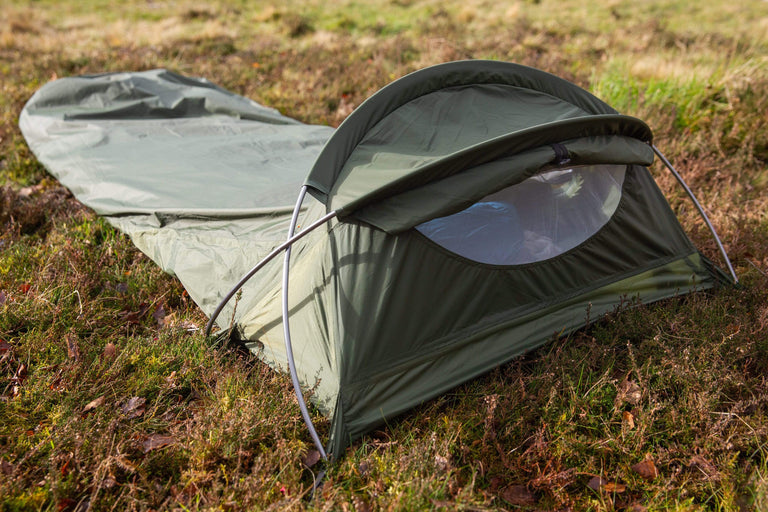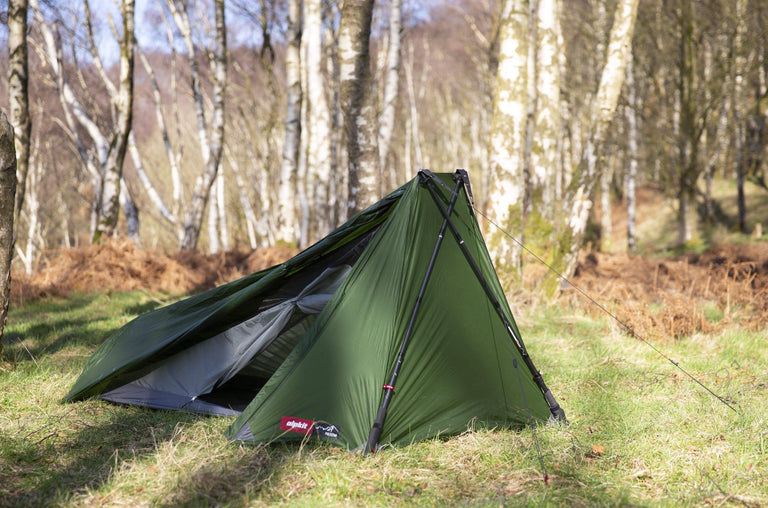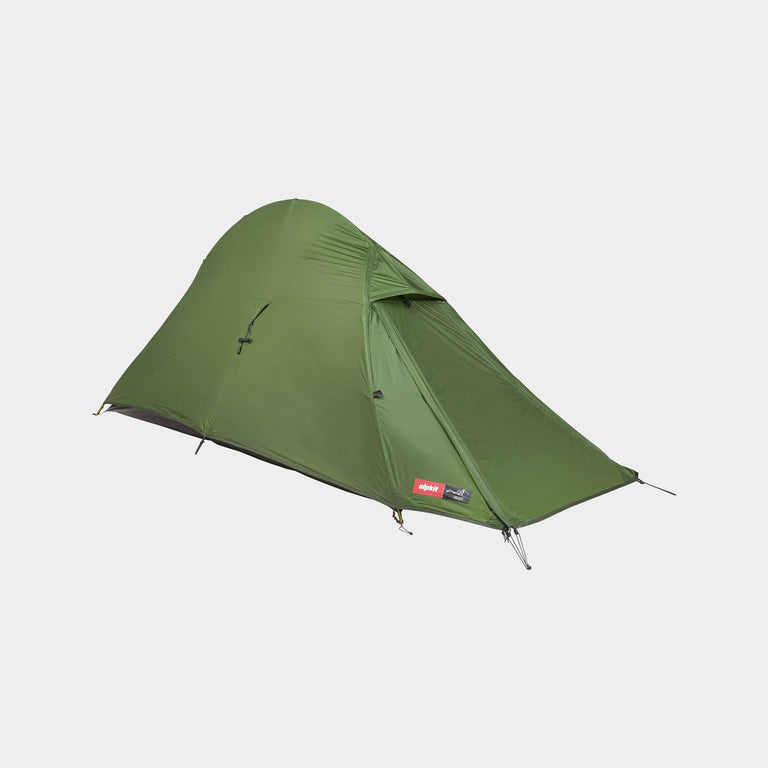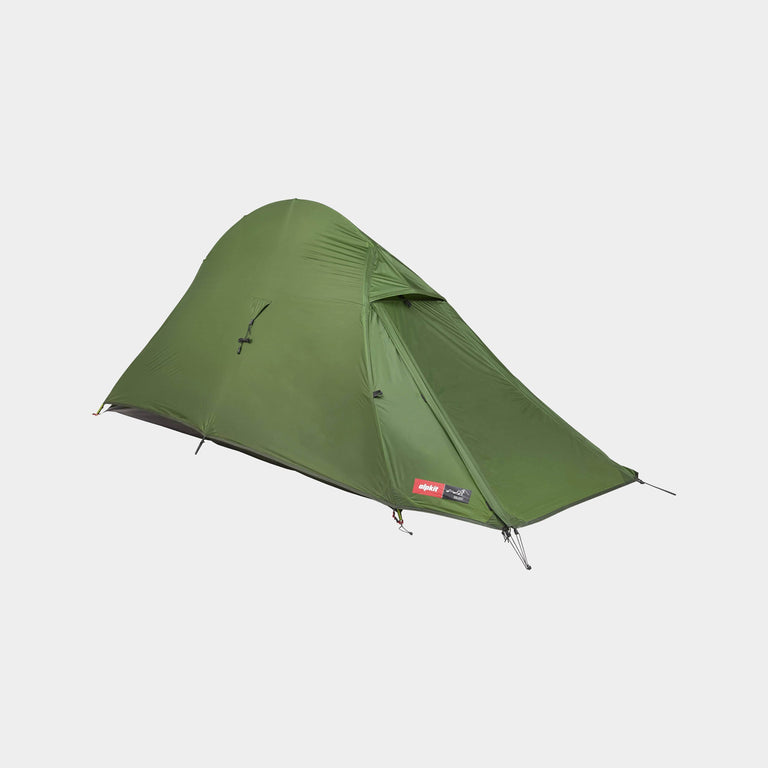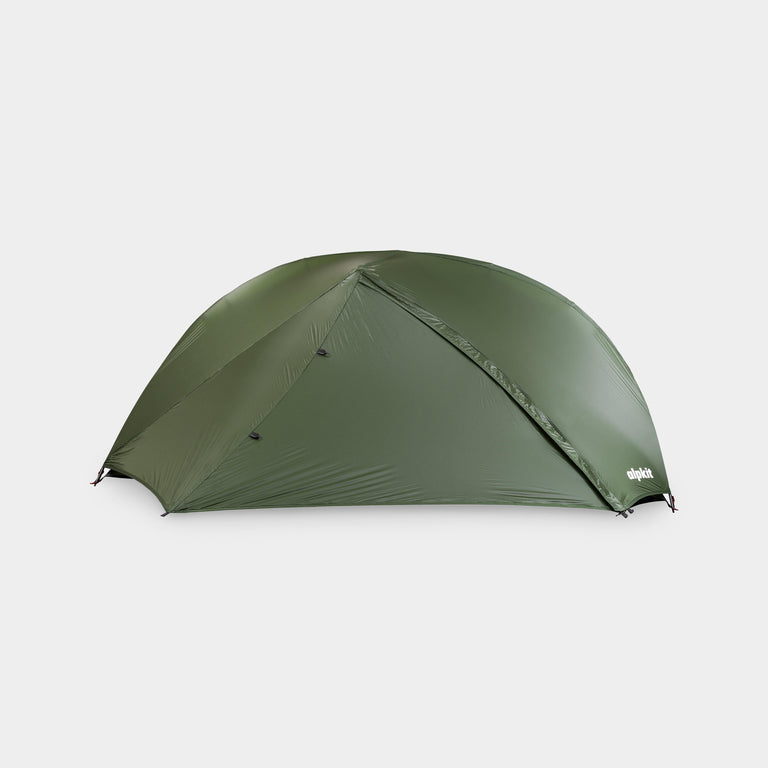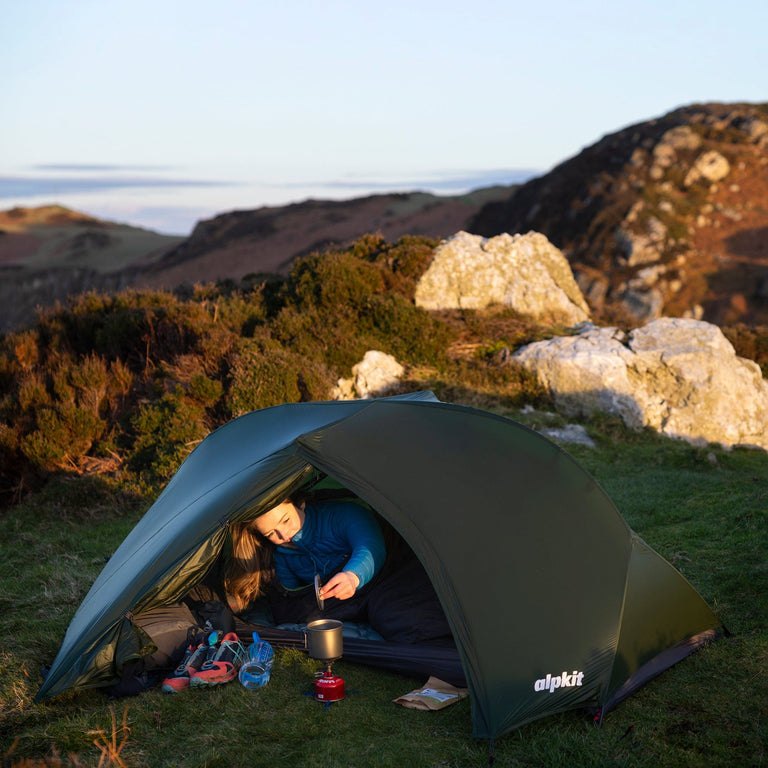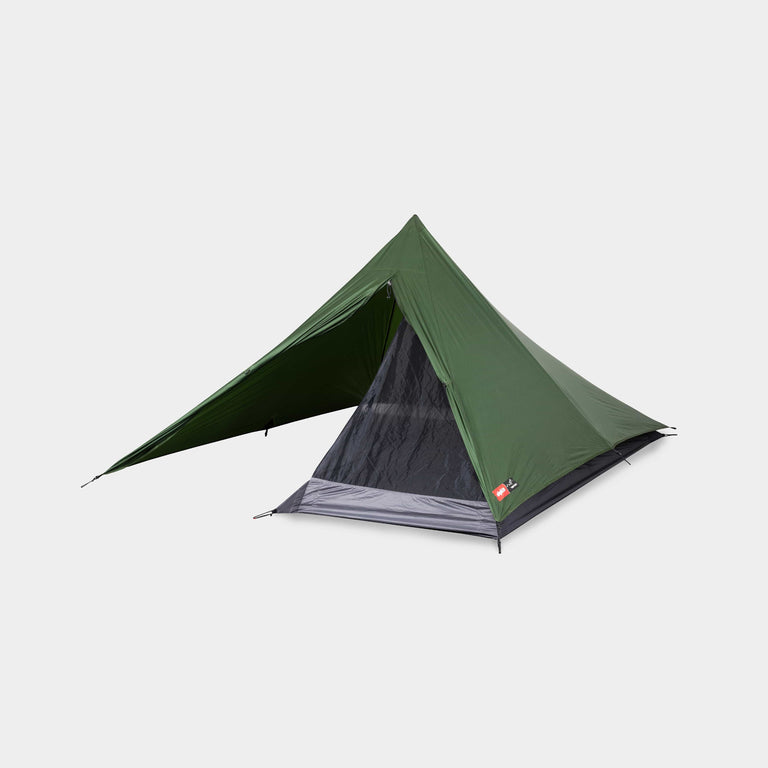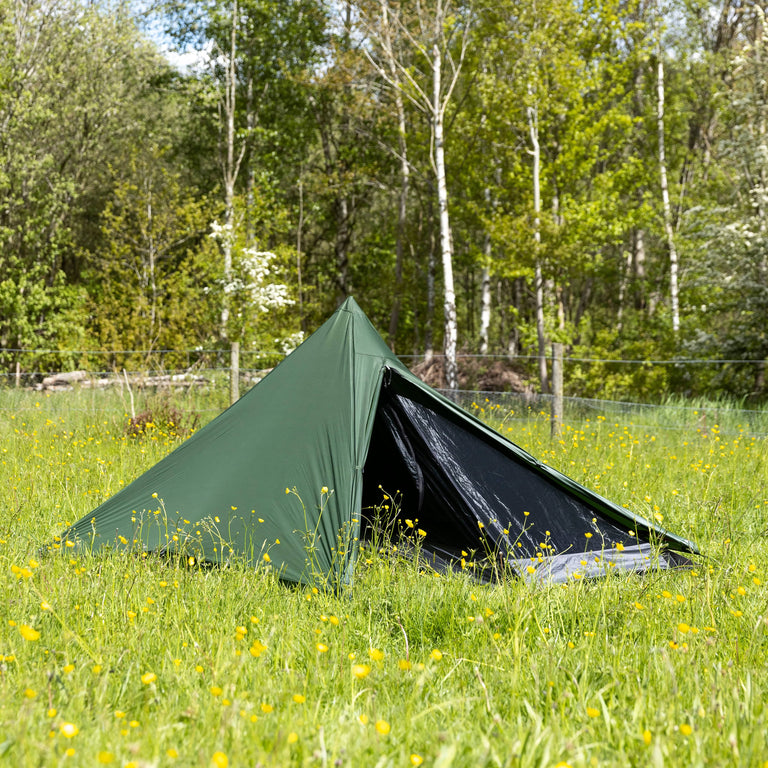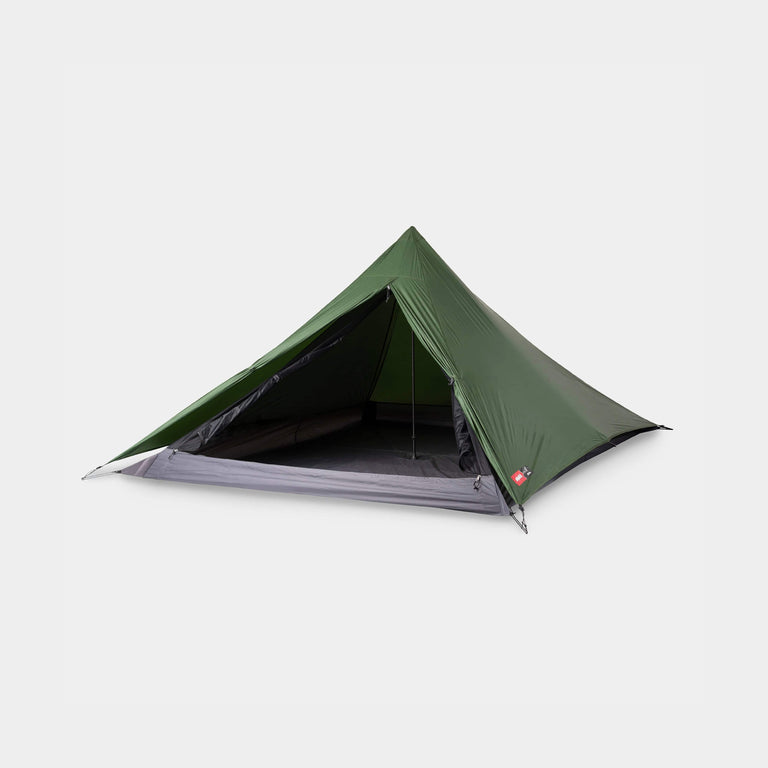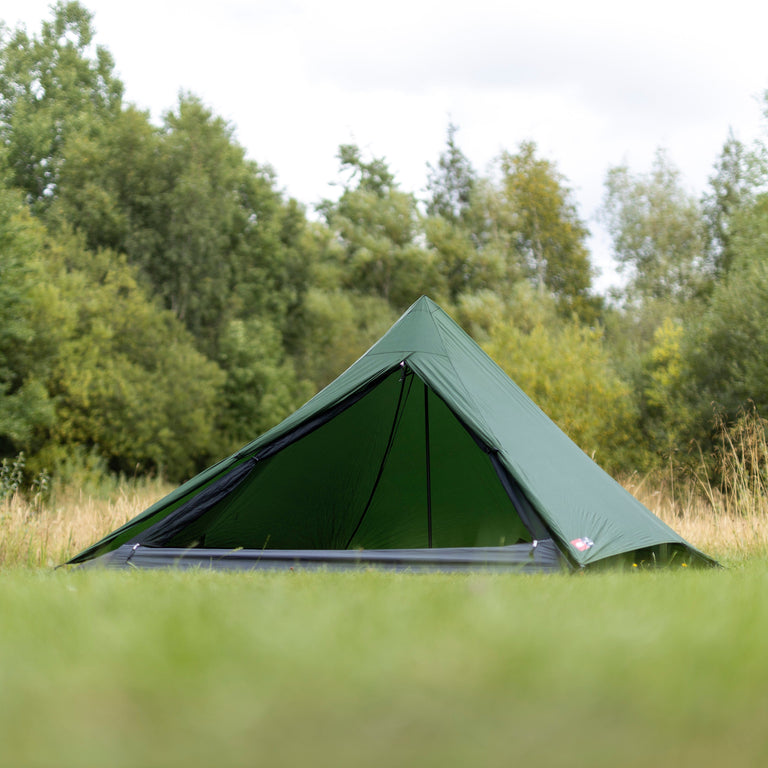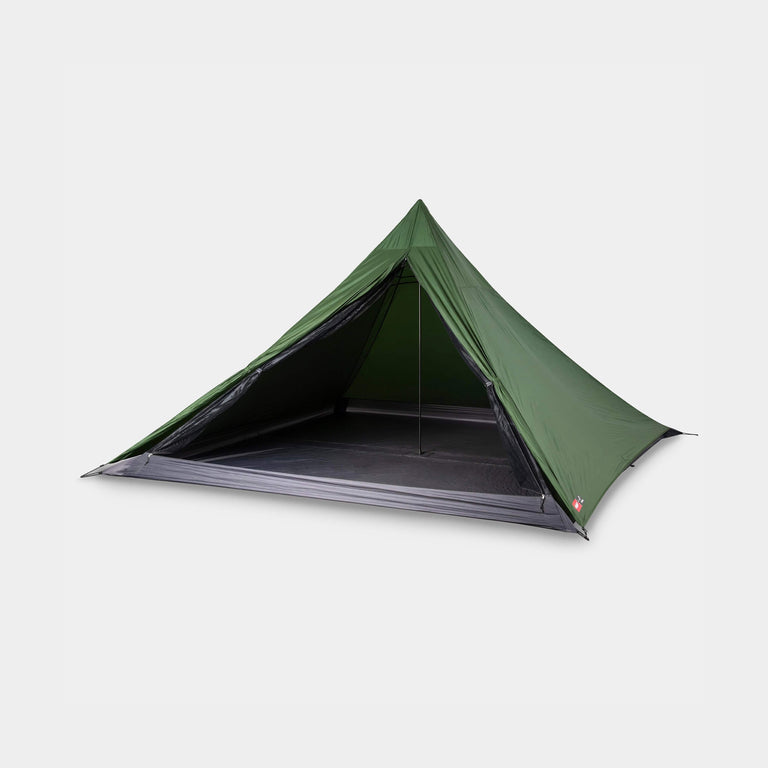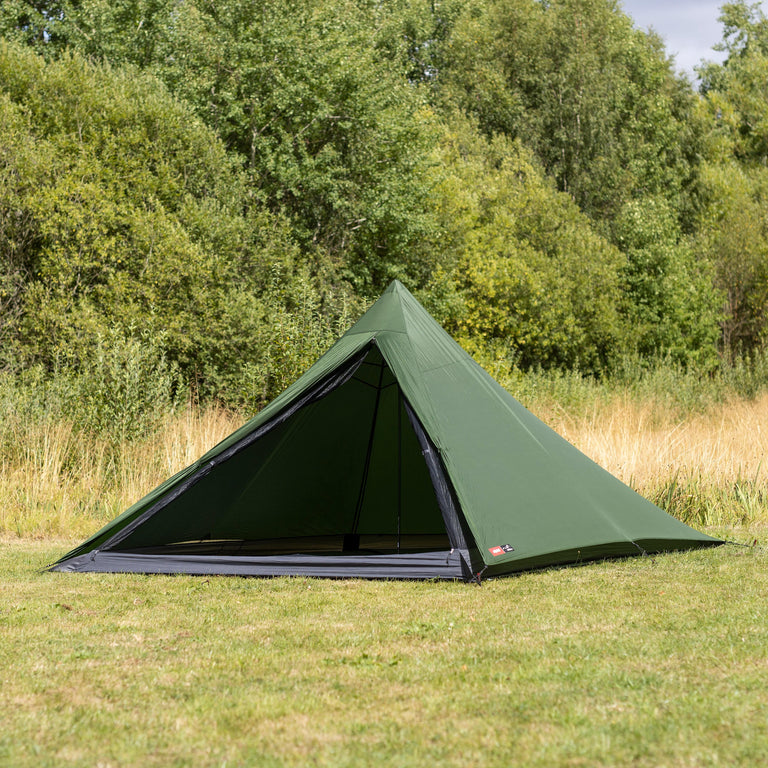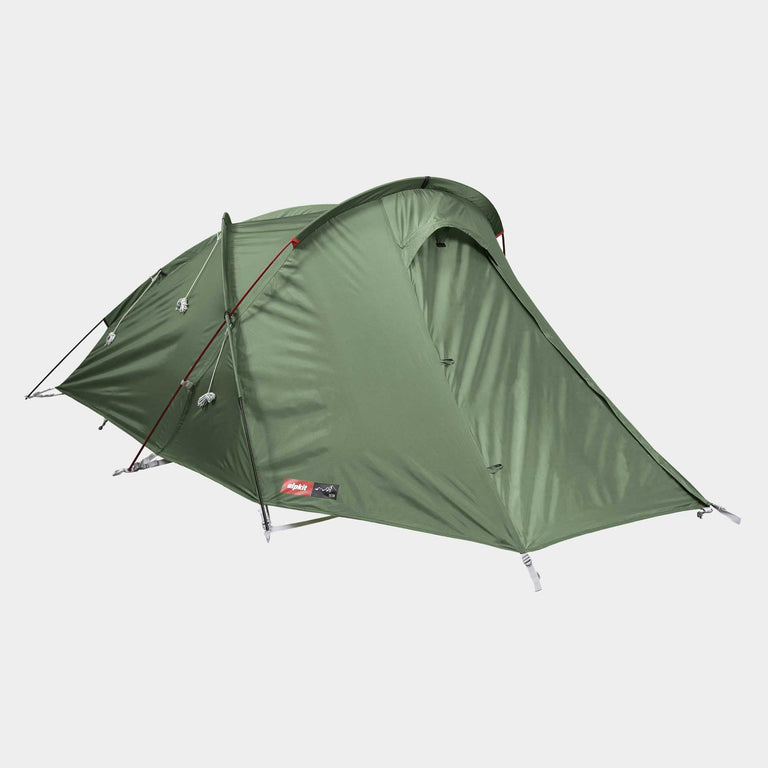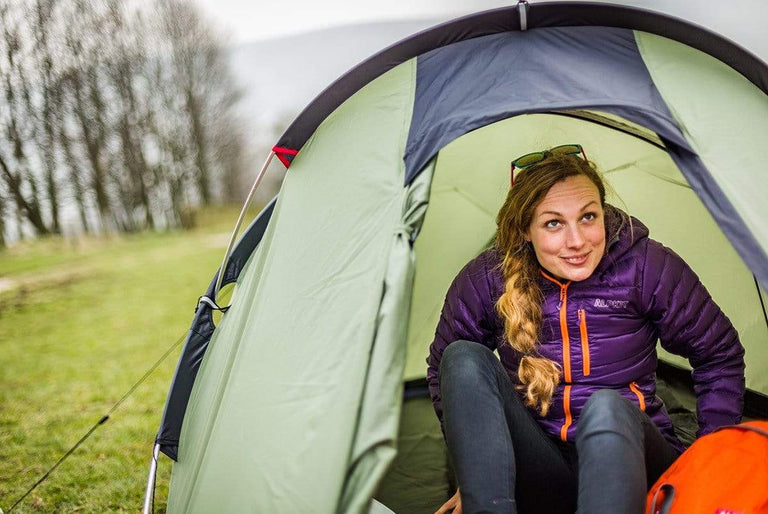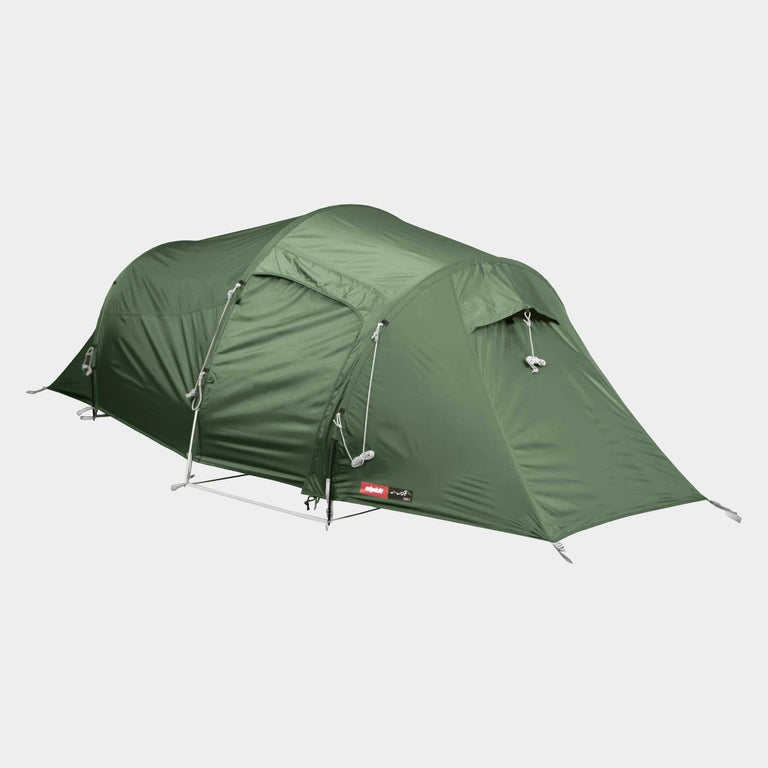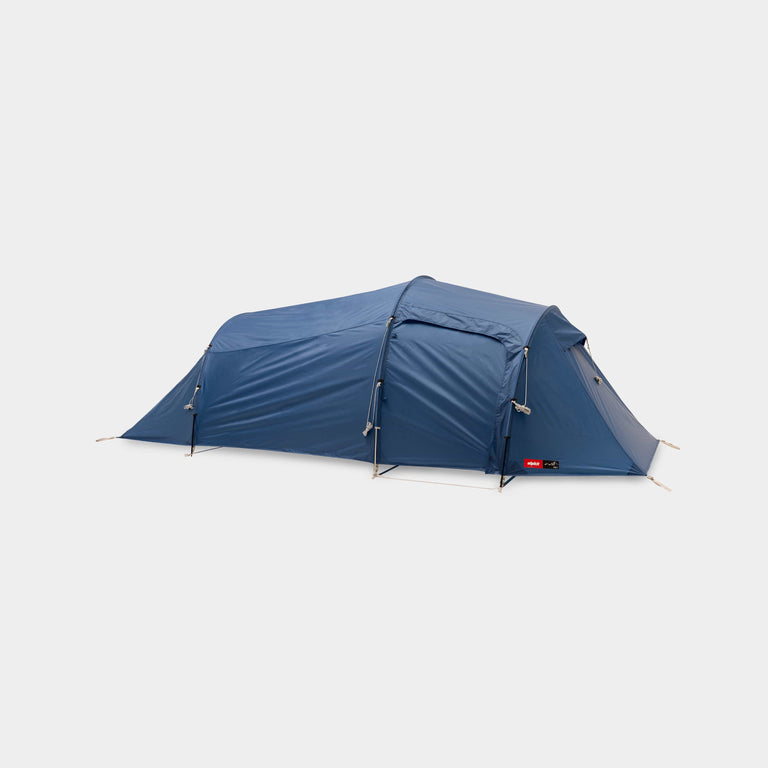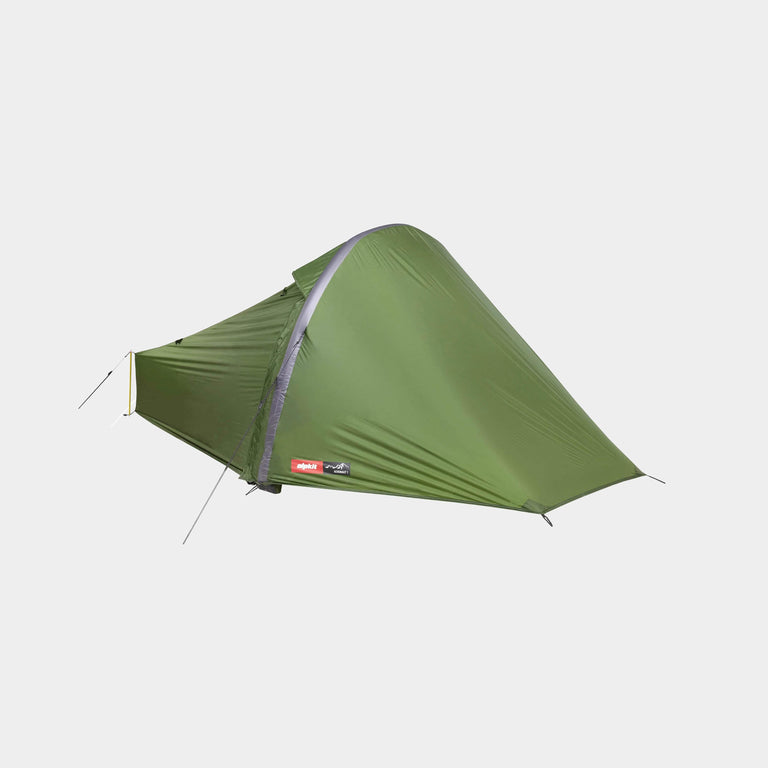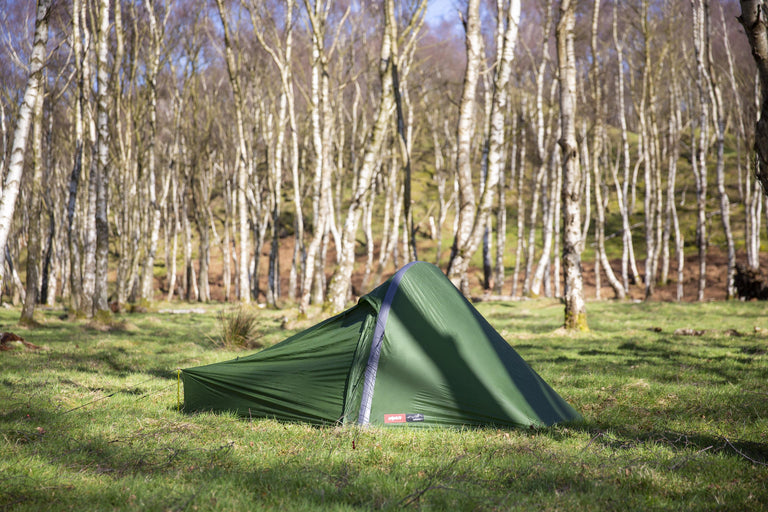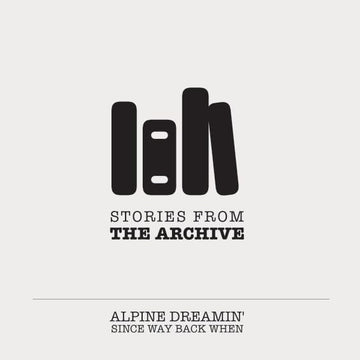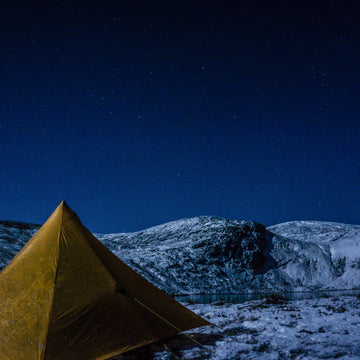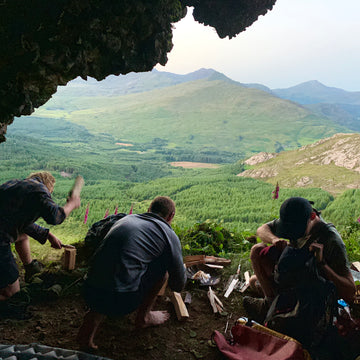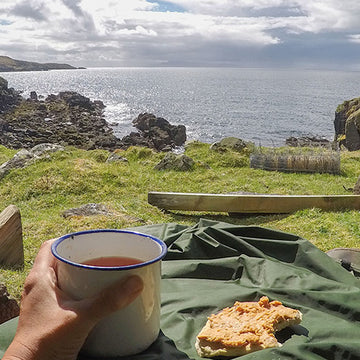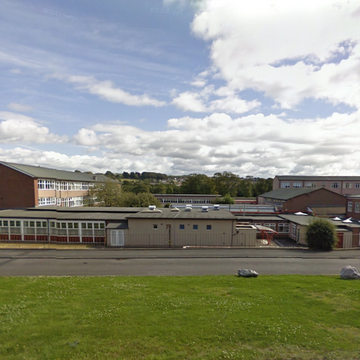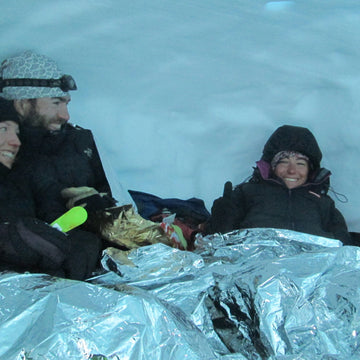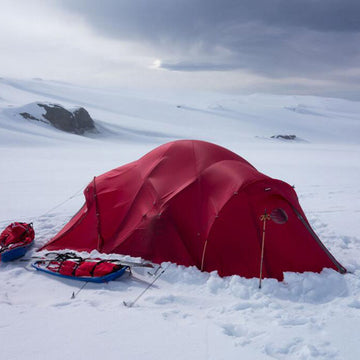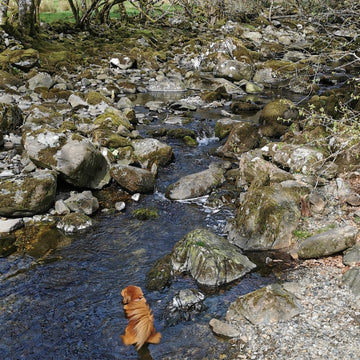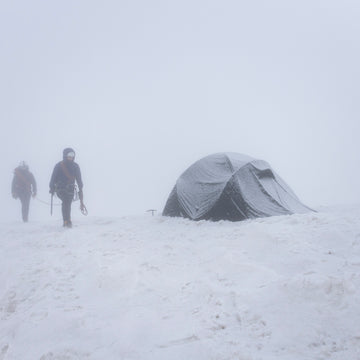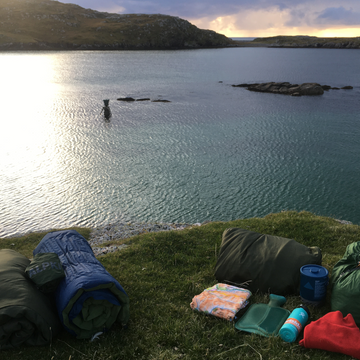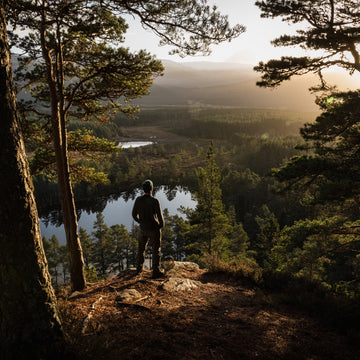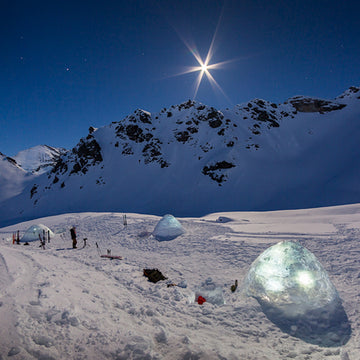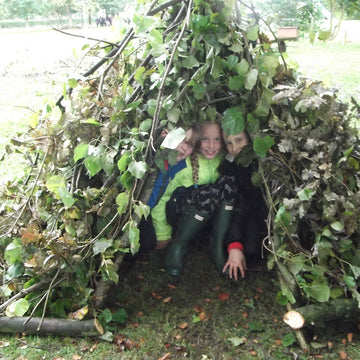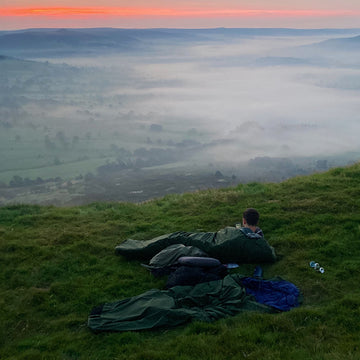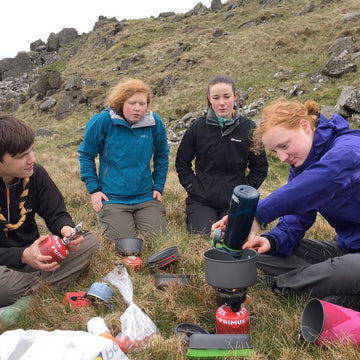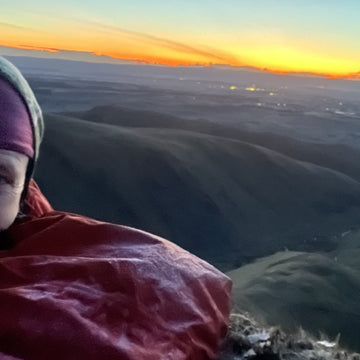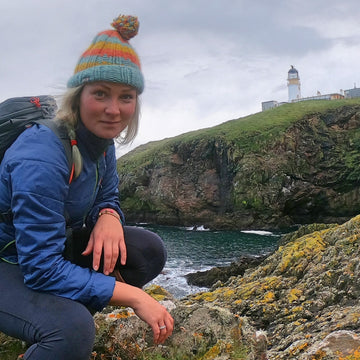Antarctic field course, where icy landscapes become classrooms for exploration.
Part two in the series of reports from Dr Bethan Davies as she embarks for a field season on James Ross Island. He she gets a better idea of what she can expect and gets involved in the specialist training that will put her in good stead for the 3 months she’ll be spending down there.
The Girton Conference, First Aid Plus and Field Course
Dr Bethan Davies
To go to Antarctica, you need some specialist training. The Girton Conference, run in September by BAS at Girton College, Cambridge, does just that. The aim of the conference is to introduce participants to life in Antarctica, what station life is like, and to meet the other participants. The majority of people going South are not scientists; BAS needs huge numbers of field assistants, mast erectors, carpenters, builders, plumbers, pilots, comms managers, station assistants, cooks, divers and boatmen just to keep the station running. So it was interesting to meet the huge variety of people, with wide ranging experiences and careers. Most people go onto Base and they stay for different amounts of time. We met a BBC TV crew who will visit Rothera for three days, and a biologist going to King Edward Point for two and a half years. Now that’s a commitment!

Dr Jonathan Carrivick abseiling
We had many talks at the Girton Conference, including introducing the science, what to expect, how to cope with the isolation, not drinking too much and even relationship advice! It was interesting to learn about the different BAS bases. Halley 6, for example, is currently being built. It will walk on the floating ice shelf and be towed away from the calving margin. The legs of the Halley station can be cranked up as otherwise falling snow buries the base. Rothera is the main BAS base, on Adelaide Island, Antarctic Peninsula. It will have around 100 people at any one time over the summer. Rothera is where penguins are most visible, but you have to go to Halley to see Emperor Penguins. The smaller stations, like Fossil Bluff and Sky Blu, are only manned during the summer and only house around 4 people. The fuel drums need to marked with GPS and dug out each summer!

Map of BAS stations, Antarctic Peninsula (British Antarctic Survey)
Our logistical arrangements unfortunately mean that we’ll probably not go to any BAS stations. We’re flying to Stanley, on the Falkland Islands, and then going on the RRS Ernest Shackleton straight to James Ross Island - the large island on the NE Antarctic Peninsula. We’re then being collected by the RRS James Clark Ross, the BAS science vessel, and going straight back to the Falklands. The Ernest Shackleton, travelling from Rothera to Halley and back again, is our back-up boat if the JCR can’t come in to the bay.
After the Girton Conference we went straight on to First Aid Plus, a course designed and run by BASMU, the BAS Medical Unit, which comprises doctors who go South or provide support to Antarctic doctors. The first aid course is not accredited, because we learn things beyond the UK First Aid at Work guidelines, including carbon monoxide poisoning, setting broken bones in plaster cast (a very fun morning), traction splints, giving injections, and spinal boards. There is an emphasis, for some reason, on hypothermia and frost bite! The highlight at the end were the ‘casualties’ who dressed wounds up in fake gore and blood. After one incident, we were advised that rugby tackling the hypothermic and uncooperative patient was perhaps not the best course of action.
The Field Course took place straight after that in the Peak District. It was a bit cold and windy in the Peaks, with lots of standing around, so we wore our Alpkit down jackets with pride, and made all the other participants very jealous! Here, we learned how to set up the Pyramid Tent, which will be our home for 2 months. The ventile pyramid tents are strong, waterproof and durable, and can cope with the 90 mile an hour gusts we will probably experience. The only entrance is a round hole, which can be tied up to keep out wind and snow. In cold temperatures, plastic zips and Velcro® brand break and become matted with snow and ice. The sleeping system comprises a sheepskin rug, karrimat, thermarest, sleeping bag liner and a down sleeping bag.

Putting up the pyramid tent
In the field, two people sleep, cook and eat in these pyramid tents. The use of paraffin stoves inside the tent carries a carbon monoxide hazard, so we learned how to use the stoves properly without poisoning ourselves. This can include digging away snow from the outsides of the ventile tent, because snow prevents the tent from venting properly. The centre has food boxes and kit, with rails in which to set the paraffin stove. This reduces the risk of knocking the stove over. However, without the boxes, the only way into the tent is to dive straight in, and hope there is no one on the other side! The ‘half unit’ consists of a ventile ‘pup’ tent, to be taken on day trips away from camp.

The Pup tent
The final stage in the training was navigation, rope work and crevasse rescue. Some of us have some rock climbing experience, but this was quite daunting to some participants! However, the field assistants, who were instructing us, made things very clear and gave clear instructions. We learned how to tie in to a harness, walk as an alpine pair, arrest a fall down a crevasse, escape the system, abseil down the rope, jumar up, and set up a Z drag to haul an unconscious casualty to safety.

Prof. Neil Glasser ‘falling’

Dr Jonathan Carrivick learning how to escape the system

Dr Jonathan assembling his jumars
The best part, in my opinion, was search and rescue training in a blizzard. We all wore whited-out goggles, and walked around the heather looking for a casualty, much to the amusement of all the passers by! The technique is to rope up, and walk in ever larger concentric circles, until you (literally, in my case), fall over the casualty.

White-out search and rescue training
The Girton Conference and associated training has really begun to bring home just how far away we’re going and made it all seem very imminent. James Ross Island is as far from Rothera (the nearest base) as London to Milan! While we’re deep field, we will not be able to contact our families, and miss several important occasions - birthdays, weddings, anniversaries. We will have a HF radio call every day, a ‘sked’ (Scheduled Broadcast). One person it was nice to meet was the Rothera Radio Operator, to whom we will speak to every day! Of course, we’re well trained, and we have a field assistant (a mountain guide) to look after us and make sure we don’t do anything daft. He’s currently wintering in Rothera, but we’re looking forward to meeting him in January.
Links:
Aberystwyth University: James Ross Island
Antarctic Research Stations


